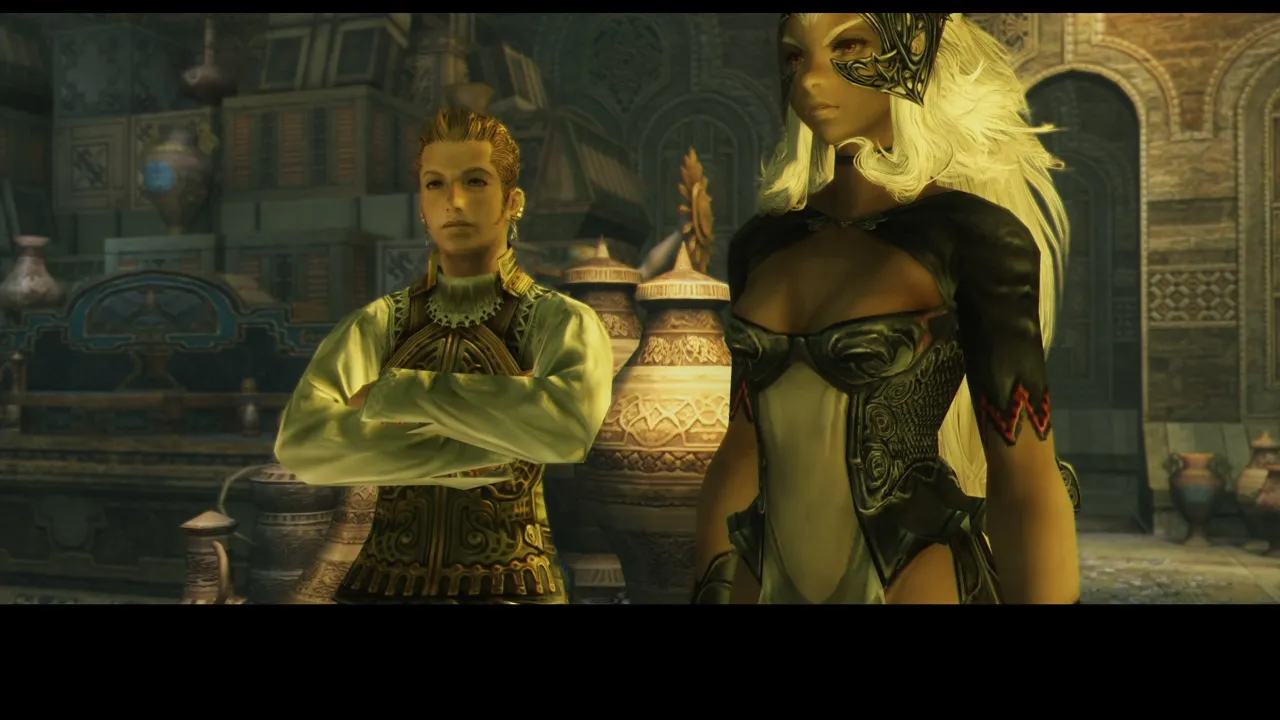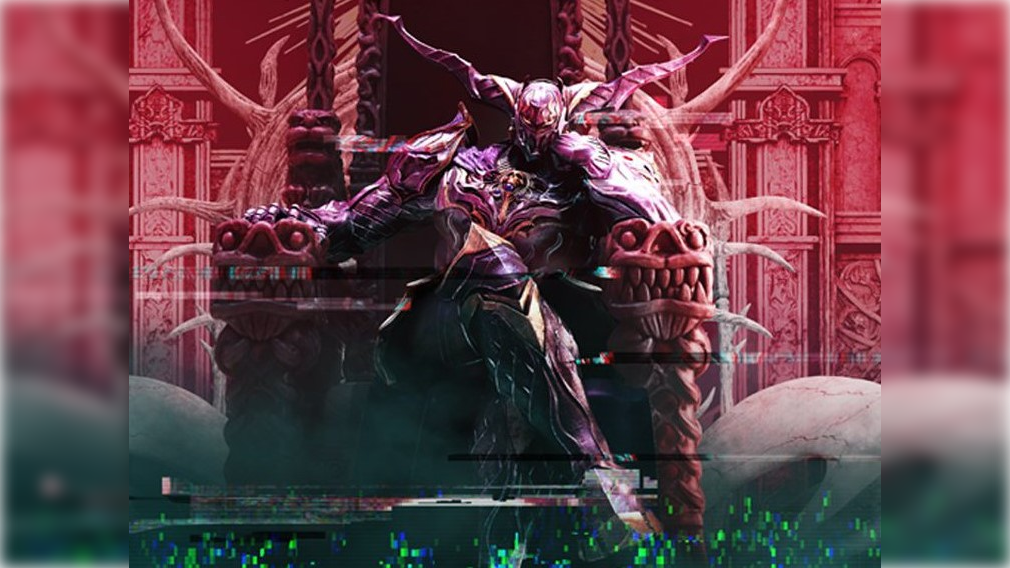Hello again to the How to Win series! In this article, we’ll be exploring famous, infamous, and recently meta-relevant value forwards. These forwards are a bit more complicated than the ones we discussed in the previous article, but don’t worry, we’ll break down their play patterns and help you understand them better. Be sure to check out How to Win: Intro into Value Engine Forwards – The Bear Den (fftcg.online) for a great primer. We cover the basic there and set the stage for this article.
Balthier (18-113H)

Balthier is a powerful new card out in O21 and a great introduction into a meta value forward. He has 2 very strong abilities that we will cover first.
When Balthier or a Wind Character enters your field, choose 1 Forward opponent controls. Deal it 3000 damage. A strong ability that gets more value over time, this ability is tailored made for storm decks. As most know, playing many characters in Mono Wind is very easy to do and it isn’t inconceivable to put out 4/5 characters in a turn. Getting this ability to 9k is paramount in today’s meta with big forwards like Unei, Xande, and Griever. We will discuss how to get there below. His second ability states:
Discard 1 Job Sky Pirate: Activate all the Characters you control. You can only use this ability once per turn.
Another strong ability for Balthier that scales well into the later parts of the game. If you recall the first article in our Let’s Talk CP Series, discarding a card is always worth 2CP. So, discarding a Sky Pirate to reactivate at least 2CP backups is CP neutral and turns CP positive with more backups. This ability let’s us extend turns later the game while purging dead Sky Pirates from our hand. Plus, it can be used once on our turn and once on our opponents turn allowing for shenanigans with some of your combo cards. Speaking of combo cards…






Boy, do we have a lot of cards to talk about here. As we have established, Balthier is excellent is storm decks. However, up until this point, storm decks have relied on summons to get up their cast count. This made them more prone to bricking and more suspectable to early aggro as they couldn’t effectively put out blockers or fight for the board outside of Luso. Now, with Balthier, we can fundamentally change how the deck “storms” out by focusing more on characters and less on summons. So, let’s take a look at a few characters that synergize well with Balthier.
Right out of the gate, we are immediately drawn to Fran. Part of the dynamic power duo of Sky Pirates, this backup Fran has excellent synergy with Balthier with both of his abilities. Being a Sky Pirate, she can be discarded for his activate effect and her 3000-damage ping on entry effective pushes Balthier + Fran to the all-important 9k threshold. Fran is even reduced by 1CP if you control Balthier. Talk about synergy.
Next up are our can trip based forwards in Rikku and Ritz. While slightly different, both support the archetypes game plan of storm the board while controlling the board. For those that don’t know, cantrips is a TCG term that means a card that effectively replaces itself by drawing a card with minimal investment. In a storm decks, the extra cards in hand are very important since we need more cards to cast.
Finally, it is hard to talk Wind cards with discussing Bismarck. While it has taken a backseat to Luso and summon heavy storm decks, Bismarck becomes much more important in character-based storm decks so we can recycle our characters such as Fran to continually get the 9k entry damage combo. Additionally, his dull 3k effect synergizes extremely well with Balthier allowing highly scalable damage that could clear a board of 3/4 forwards easily. In testing I have dealt 24,000 damage in a single turn while killing 4 forwards. Remind you of a certain forward? Ahem, Cough, Yuffie, Cough.
To close it out, Balthier is an incredibly strong value forward that fundamentally changes storm decks for Mono Wind. He can control the board, extend turns, and combo out with the rest of your storm cards. A great example of a Meta Value Forward.
Lightning (19-138S)

First to tackle her wording. On each attack declaration, Lightning will count how many XIII forwards have declared an attack that turn. If 2 or more XIII forwards have declared an attack that turn the player will draw a card and if 3 or more XIII forwards have declared an attack that turn the player will both draw a card and deal the opponent 1 point of damage. Yoh Ceeza wrote a great article that explores her wording and rules clarification in depth. I would encourage you to check it out at https://fftcgcrystarium.com/rules/rules-corner-6-lightning-19-138s.
Lightning is the powerhouse behind FFXIII decks, which focus on aggression and board presence. These decks use few backups, relying instead on cheap and efficient forwards that discount or search for other XIII forwards or Lightning. The goal is to have at least 2 forwards and Lightning in hand by the end of the first turn, setting up the potential for multiple Lightning triggers on the second turn. This sets up the potential for at least 3 but possibly even 4 Lightning triggers on the 2nd turn. With 3 triggers, the XIII player will draw 2 cards and deal 4 damage and with 4 triggers, the XIII player will draw 3 cards and potentially deal up to 6 damage if the opponent chooses not to block or has no blockers. Opus 18 Fang is commonly used to discount other XIII forwards, and the starter deck Vanille and Hope search for other XIII forwards.



It is important to consider using multiple searches on the same turn to develop a larger board while still ending the turn with Lightning in hand. A common turn 1 line, for example, is cast Fang, use Fang’s discount ability, play Hope for 2, search Vanille, overpay by paying 4 for Vanille, searching for Lightning. This ends the turn with 3 Forwards in play and Lightning in hand. The most common haste forward to use in combination with Lightning is starter deck Noel. Although it can be risky to end the first turn with only 1 or 2 cards in hand, the speed at which Lightning can generate card advantage and damage is unmatched and many of your opponents will be unable to keep up, leading to early victories.
Unei (19-119L)

Although Unei costs 6 and can’t start using the dull ability until the turn after she enters play, Unei’s innate discount ability and double bounce effect makes Unei a reliable tempo tool that both stifles your opponent’s early development and forces removal. Not dealing with Unei risks giving the Unei player the full extent of their break zone summons to counter their opponent’s plays for the rest of the game. If the opponent does not deal with Unei initially, they may never have the opportunity again. I will describe some card interactions and play patterns later.
Unei is the main payoff for earth water summon-based strategies. These decks play 18+ summons and are highly control oriented. The typical plan is to prevent the opponent from keeping any of their forwards in play. To accomplish this these decks run cards like Opus 19 Madeen, Opus 15 Atomos, and Opus 15 Hecatoncheir. Although these removal options have drawbacks, Madeen requiring a light forward, Atomos allowing the opponent to select which forward to remove, and Hecatoncheir both costing 5 and only being castable on the player’s turn, they are extremely efficient and when they are repeated over and over throughout the game, using Unei to bring back from the Break Zone, most opponents just won’t be able to keep up.



Now to discuss the card interactions that make Unei particularly annoying to deal with. Opus 10 Cu Sith is a summon that can return Unei from your break zone to your hand. This means that Unei can return the Cu Sith to your hand if your opponent ever tries to remove her, allowing you to bring her back on the following turn. Opus 9 Mist Dragon can also ruin other summon and Break Zone based strategies. In response to your opponent attempting to return a card in their Break Zone to their hand, for example, you can use Unei to return the Mist Dragon to your hand and cast it. This play will cause your opponent’s card to be removed from the game prior to their effect resolving, preventing it from being added back to the opponent’s hand. A similar play can be employed to stop a summon from attempting to remove Unei, like canceling Opus 19 Fenrir. The damage prevention effect on Mist Dragon can also be relevant. It is important to note that the damage prevention effect can be used even if the chosen forward is dull. This means that you can use Mist Dragon to save Unei from damage-based abilities and combat as well.



While the thought of mastering the play patterns of these value engine forwards may seem daunting, I highly recommend playing a few matches with a deck centered around one of these three powerful forwards to witness firsthand the incredible impact they can have on a game. It’s truly remarkable how much influence one card can have on the entire experience. Witnessing the full potential of a value engine forward in action can be exhilarating and may even leave you wanting to play that deck over and over again.
Get ready to take your game to the next level in part 3 as we dive into deck archetypes! Don’t be shy, share your deck builds in the comments below and let’s talk about what’s working for you on the battlefield.
As always, article references come with links to other quality content creators

A great source for FFTCG content. Rules, Articles, and the fabled “How to Win at Limited Series”. These guys are a great resource for all things competitive FFTCG.






Leave a Reply